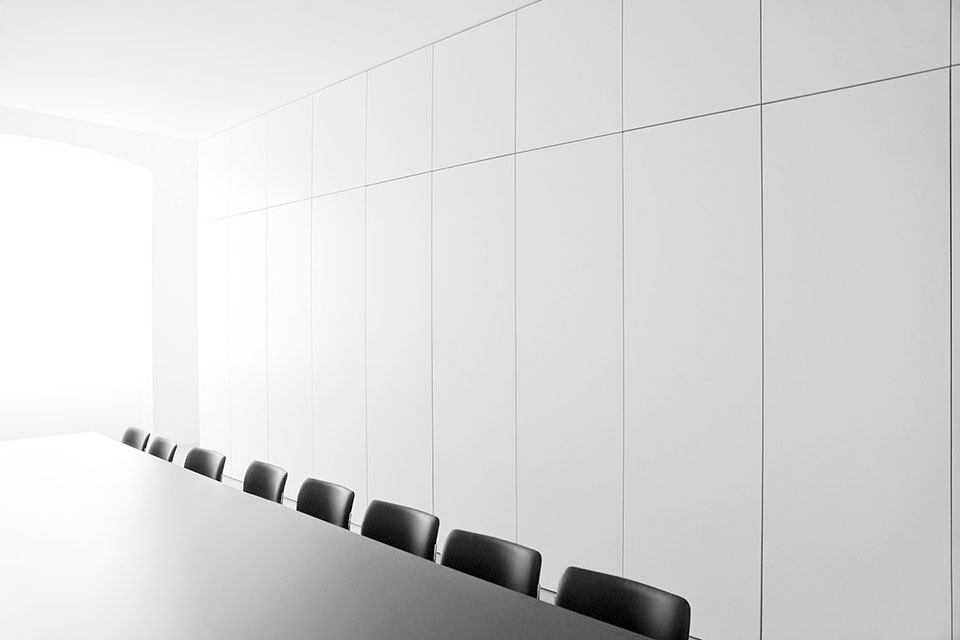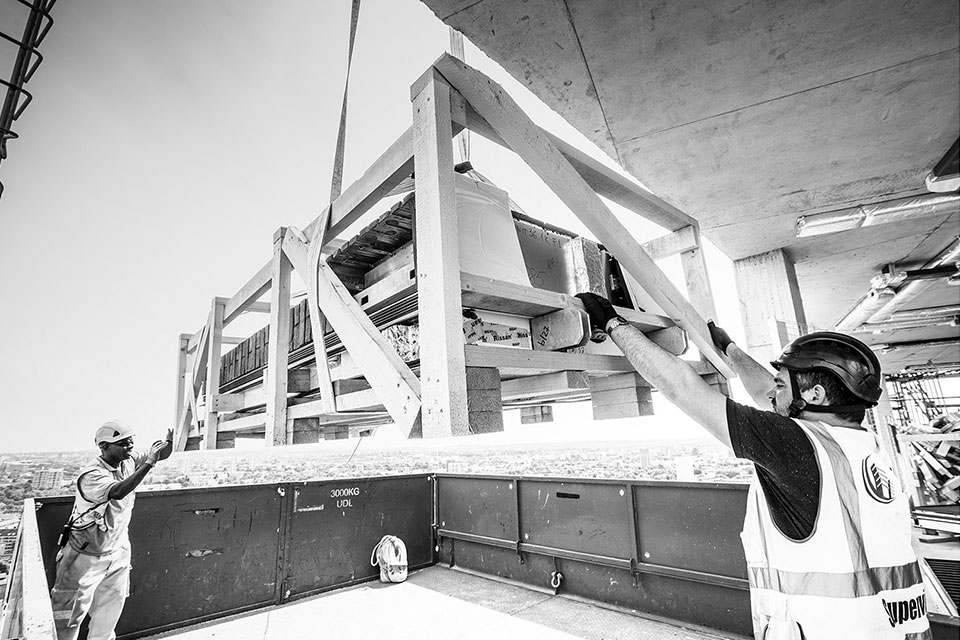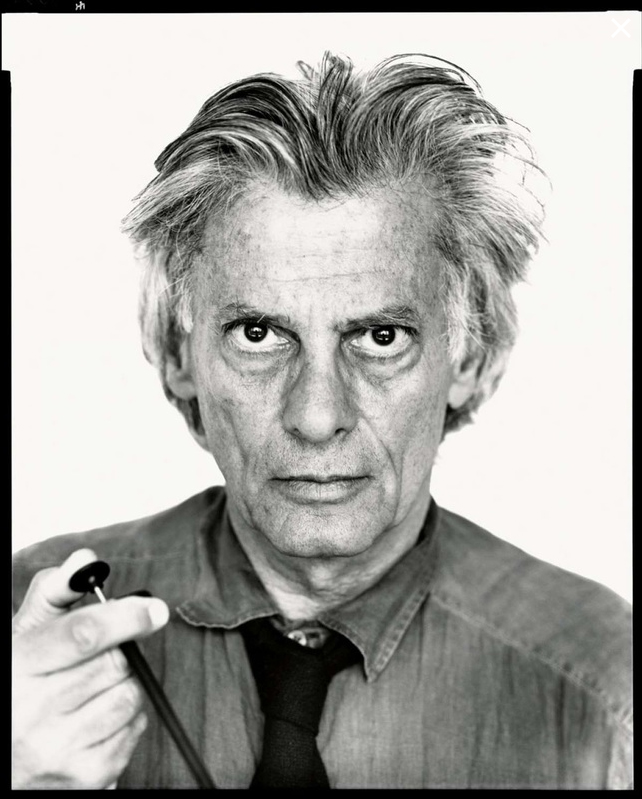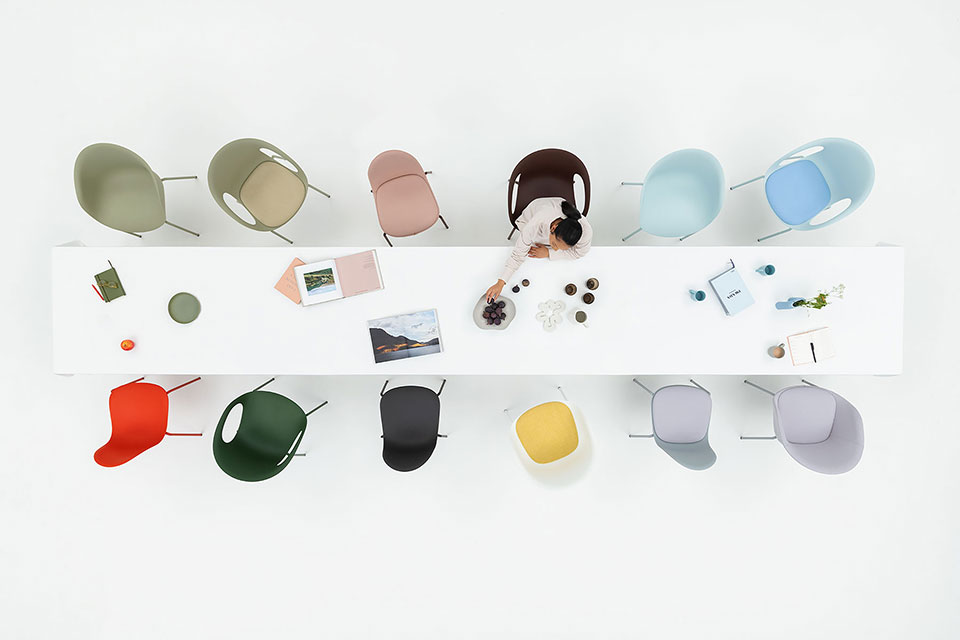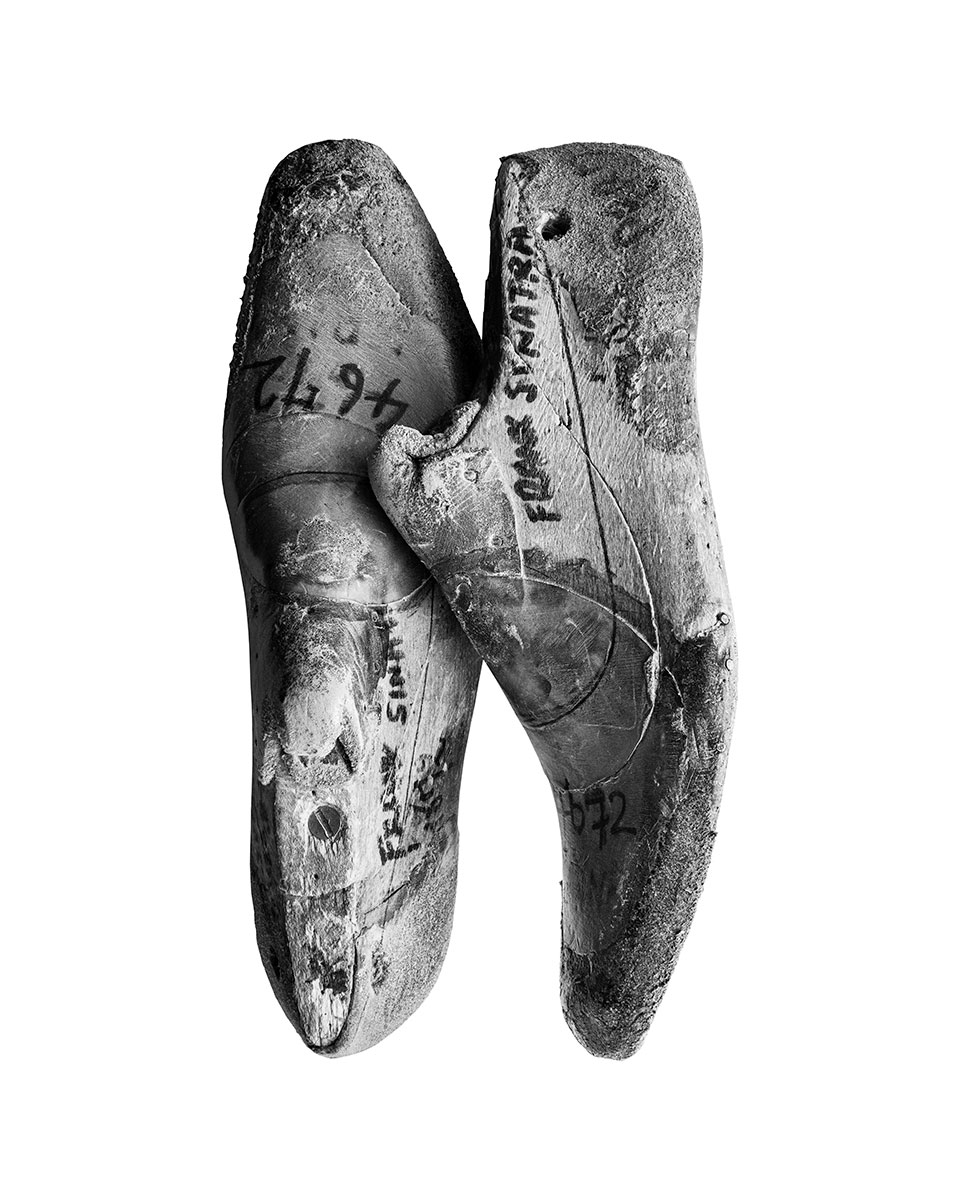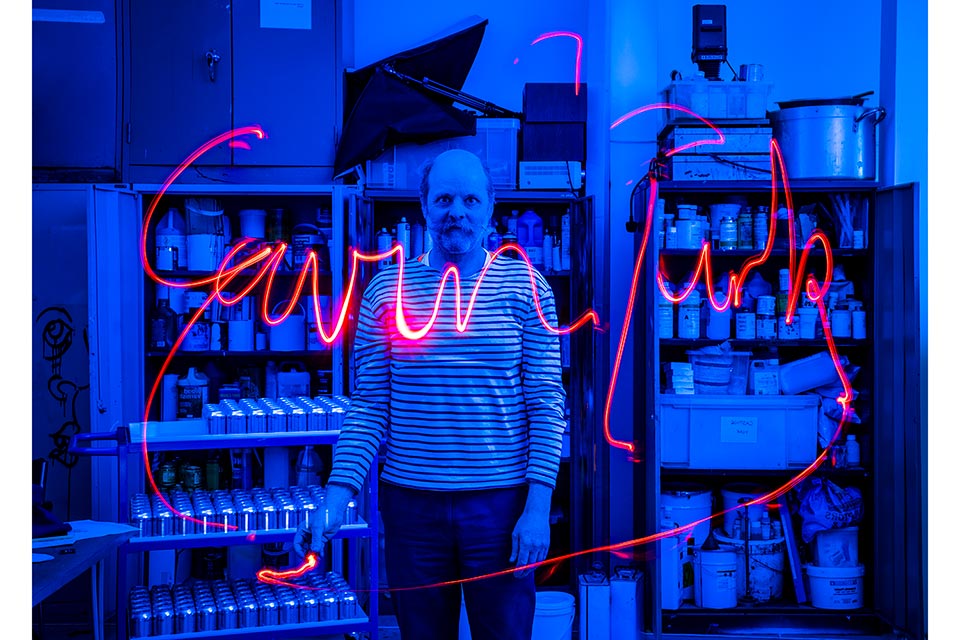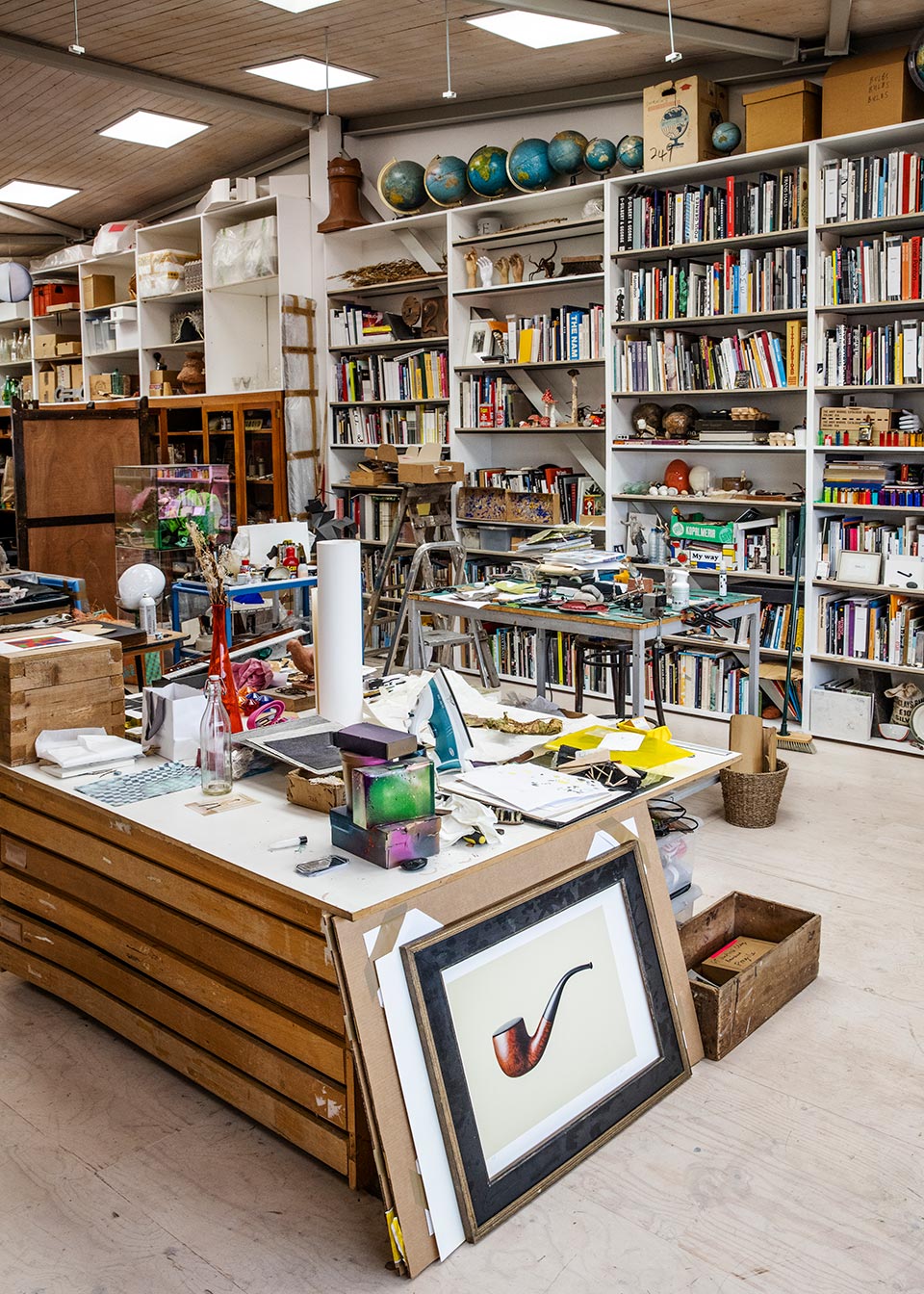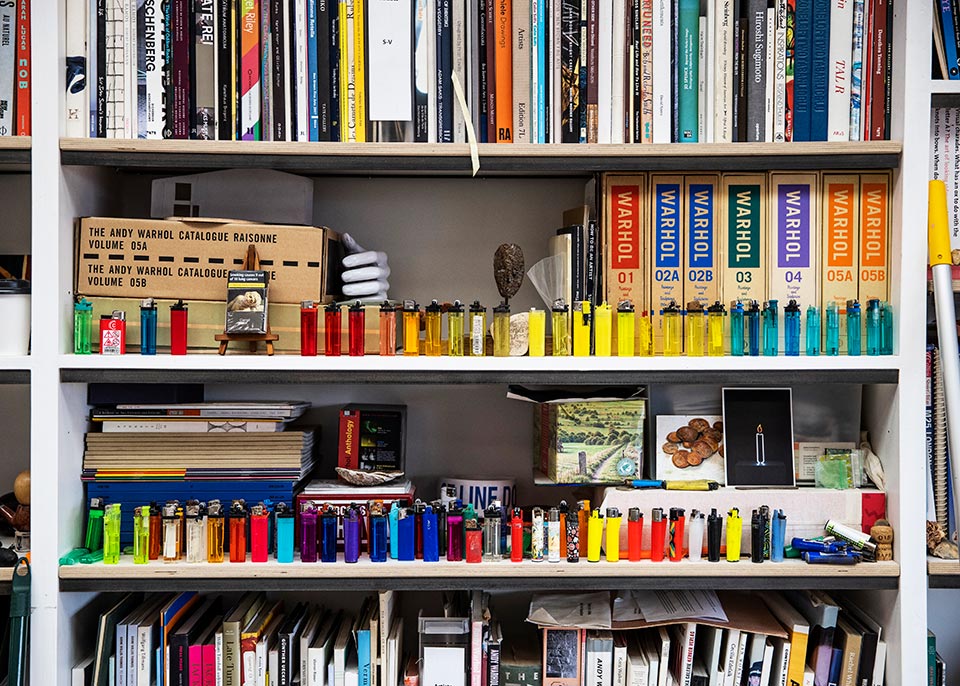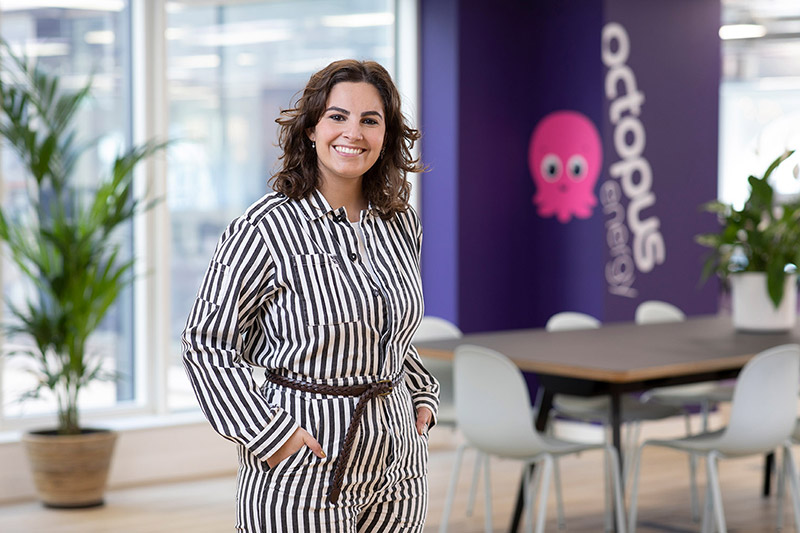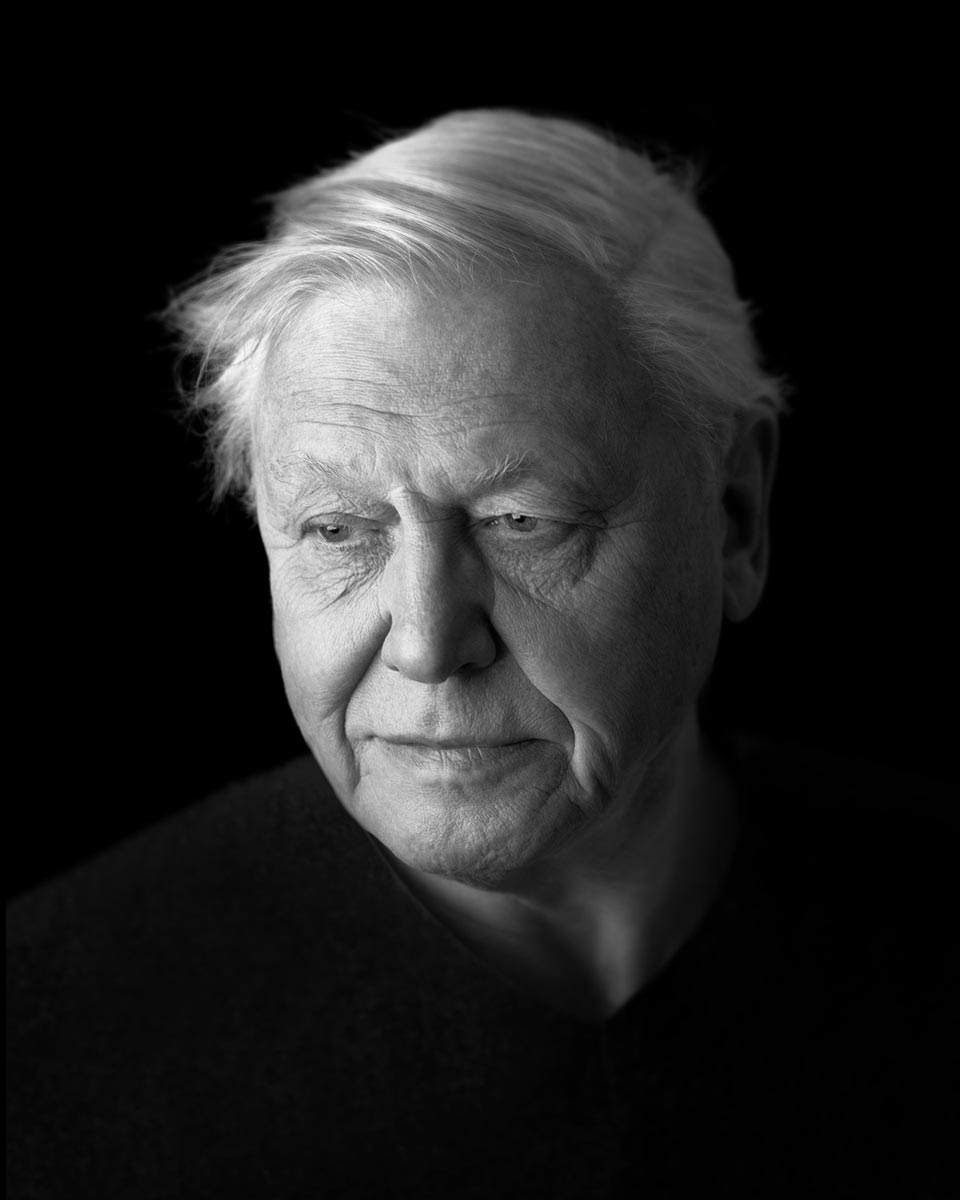UK Visual Artist Portrait Series
When I first began my education as a photographer and started learning about well-known artists and photographers, I appreciated seeing effective portraits of them taken by other photographers. It was a great introduction to the work of the artists and interesting portrait photography can tell a visual story that opens a window into that person’s world. I found these portraits intriguing and was curious about why each person had been photographed in a particular way. I decided to continue this rich photographic tradition by shooting a photographic series of visual artists currently working in the UK.
Jake Wood-Evans
The fourth set of images in this first series features Jake Wood-Evans, who works from a large studio based near Lewes, East Sussex. Inspired and influenced by artists such as Turner and Francis Bacon, his signature approach is to consider Old Master paintings and reinterpret and modernise them in his own way. He partially abstracts the original image and incorporates his own messages and ideas within his painting. There’s a language that exists between the original and his work. He produces very beautiful pictures that are visually exciting and very original in their approach. I find that his work has an effect of re-energising the original paintings.
Large Format Camera
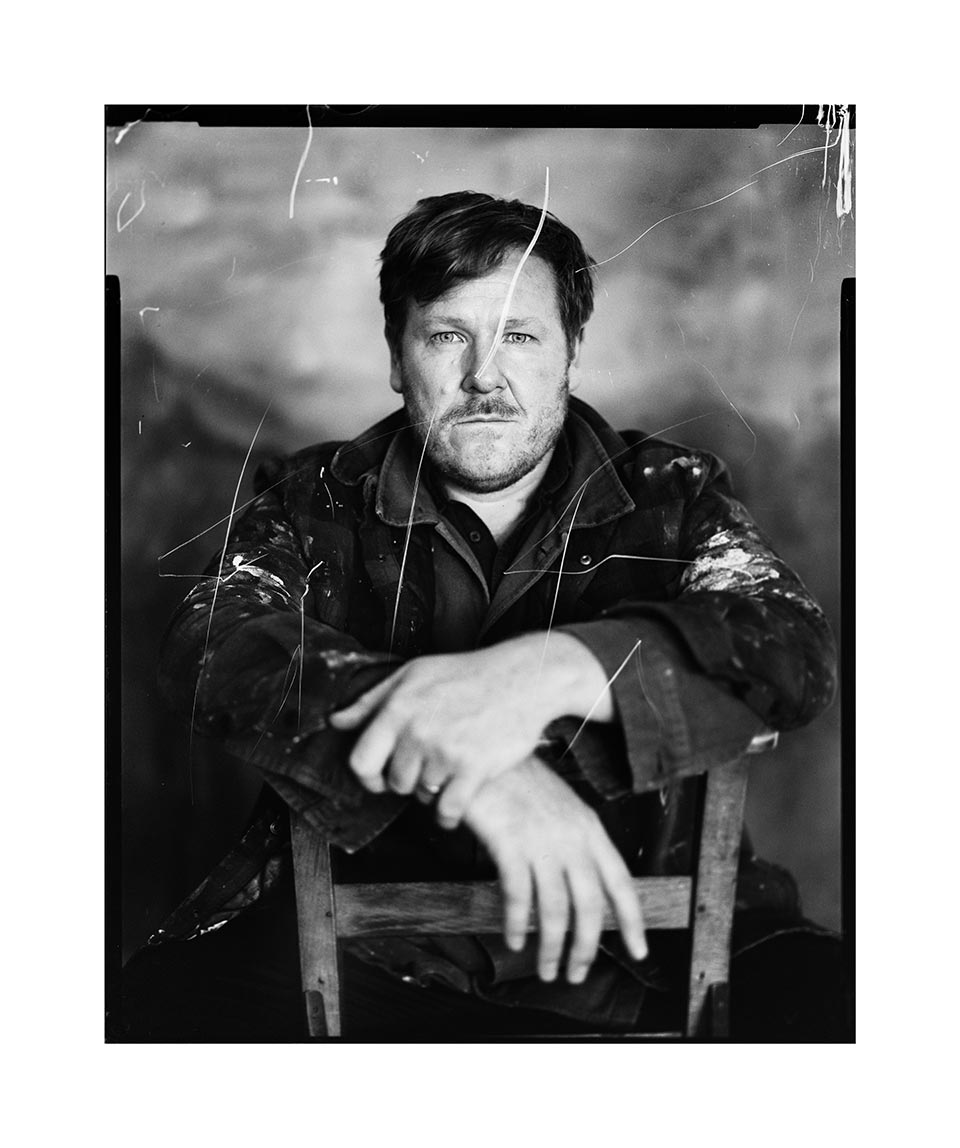
This black and white portrait of Wood-Evans was taken with a 5 x 4 inch large format film camera. I wanted to use a more traditional photographic approach, as this links in some way to his work as well as looking back to the history of photography. It was also a very enjoyable part of the process as I haven’t used a large format camera for 5 or 6 years, or produced a traditional darkroom print for over 20 years. Using a large format camera requires a very considered technical approach to the photographic process and I enjoy the extra time that these technicalities require. It’s not possible to look through the camera during the exposure, which for portraiture relies on the subject remaining very still whilst a dark slide is loaded. This contains the unexposed negative.
In the printing process, I used fiber-based paper which is a relatively involved way to produce a print. It needs careful handling, longer developing, fixing and washing times, as well as flattening after drying. The advantages of the paper is that a richer print can be produced and it’s more archivally durable than resin-coated paper.
Inadvertent mark-making
When I look at Wood-Evans’ paintings, I’m very aware of the layers of history and time within them and am conscious of the mark-making that creates them. Before I met Jake Wood-Evans I had the idea of giving him photographic prints to leave around in his studio: perhaps on the floor, where he keeps his paints, or underneath a painting that is being worked on; be it hanging on the wall or on an easel. The portraits could be left there for weeks or months and over time, they would inadvertently pick up marks and develop a history and life of their own in the studio space. It was a coincidence that Wood-Evans has previously carried out this practise by leaving photocopies of paintings around in his studio to develop interesting marks.

I like the element of chance in this practise and not being too precious about the prints or the process. I’m keen to allow mistakes to creep into the project. For example, one of the dark slides that held the negatives had slight cracks which created light leaks, leading to white lines being visible on the final prints. I appreciate that some photographers might find this frustrating and discard the negative due to what is technically a mistake. Instead, I’m taking hold of these elements, appreciating them, and pushing them forward. Jake very much agreed that these elements should be celebrated and not discarded.
Wood-Evans at work

For this image of Jake at work, I set the camera up on a tripod in front of one of the large paintings that he was working on. I took multiple exposures of him working over the course of 10-15 minutes experimenting with varying shutter speeds.
The exposures incorporated into this image were quite slow, around an eighth of a second which rendered Jake’s movements as blurs. Jake is a very dynamic, energetic painter and he moves around a lot when he’s working. This image captures his energy and that of his paintings. The slow shutter speed adds an element of partial abstraction. On showing the image to some people they didn’t initially see him in the painting at all. I like this element of abstraction that correlates with Wood-Evan’s style of painting. This image made an effective sketch but I’m looking forward to re-shooting another version of this image with a greater level of refinement.
Jake’s studio

An interior shot of Jake’s large studio space near Lewes.
Visual artists previously featured in this portrait series are Gavin Turk, Adam Chodzko and Gordon Cheung.
Discover more about Jake Wood-Evans and where his work has been exhibited by visiting his website.
